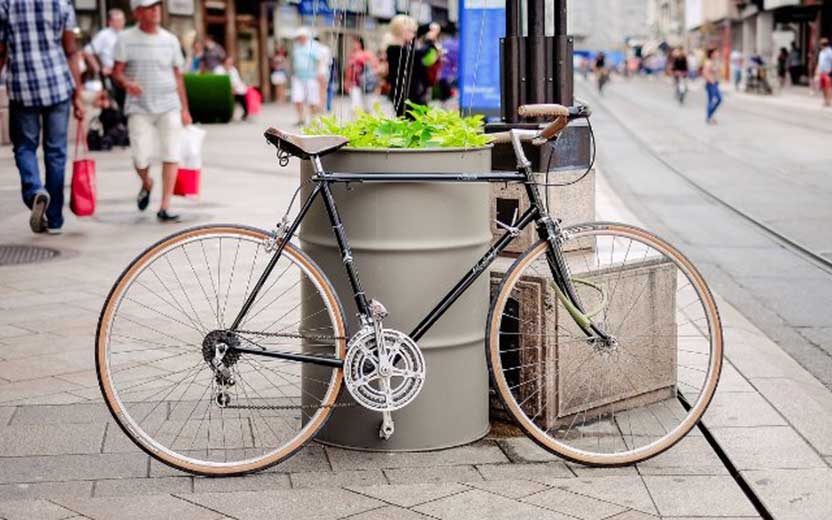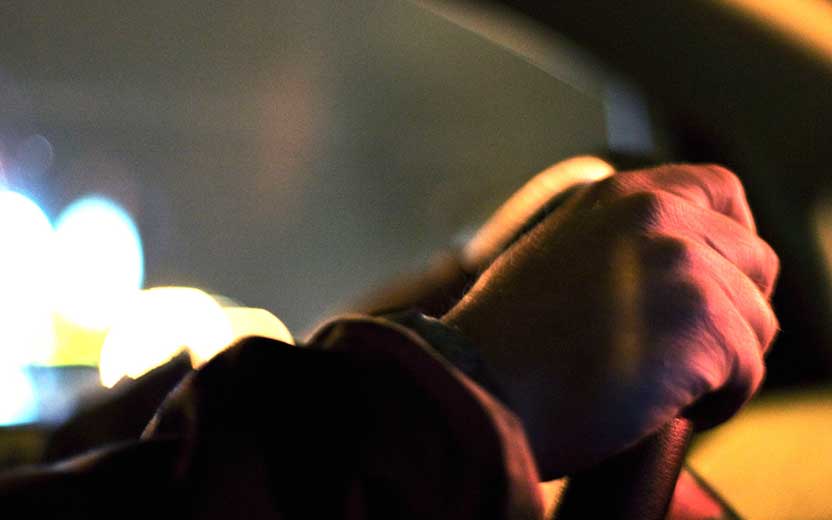By Marcus Fernandez
Taking your motorcycle out for a spin is a fun way to spend the day on the road. Motorcycles can be enjoyable, but risky too. As a motorcyclist, you have your own set of responsibilities and procedures to keep you safe on the road. There are several motorcycle safety tips you can apply to not only protect yourself but other motorists as well.
Motorcycle Safety Tips
Wear a helmet
Since July of 2000, motorcycle drivers have not been required to wear a helmet in the state of Florida as long as they have held a minimum of $10,000 medical insurance coverage. While many argue that a helmet will do little to curtail injury in a motorcycle accident, recent numbers show that motorcycle fatalities rose to 450 deaths in 2014, representing a 10% increase. Motorcycle injuries have a high trauma rate, but repeated studies have proven that with proper head protection, you can minimize the chance of a fatal injury.
In addition to preventing injury, helmets can help protect you from dust or road debris, and may make you more visible to other drivers.
Wear appropriate safety gear
To get the most protection, wear DOT-compliant helmets that ensure cover for your head and face. Great choices include helmets that weigh over three pounds, have thick inner liners, sturdy chin straps, and a DOT-compliant sticker.
Helmets are worn out over time with consistent use and exposure to the elements. The newer models follow modern standards of design and safety. This is why it is essential to replace your helmet every five years. Ventilated leather jackets, pants, visor and gloves are additional items that you should replace regularly. These critical pieces of motorcycle safety gear help protect you from the wind and other harsh conditions. Your feet are important as well – make sure to have sturdy footwear protecting them.
Don’t drink and drive
According to the National Highway Traffic Safety Administration, 29 percent of the motorcycle riders killed were riding impaired. The NHTSA also estimates that more intoxicated motorcycle riders are involved in fatal crashes than intoxicated vehicle operators. Under the influence of alcohol, motorists have a lower response time, balance, and coordination, which are very important in order to operate a vehicle safely.
Avoid cell phone use
Driving requires a great deal of concentration on its own, but it is immensely more difficult when you are on your phone. Avoid any distractions that may place you and others in danger. Place your cell phone out of sight in order to devote your full concentration to the road. Even hands-free devices can be dangerous on a motorcycle. Schedule important phone calls at a time you can drive off to the side of the road to take it.
Consider reflective gear
A motorcycle on its own faces many hazards out on the road, the last thing you want is to make it hard for other motorists to see you. Motorcyclists enjoy the same rights and privileges as other vehicles on the road. However, it is much harder to see a motorcyclist than a vehicle. While driving on your bike, take extra precautions to ensure motorcycle safety, know the local laws, adhere to speed limits, and do a double-take before changing or splitting lanes. When day gives way to night, consider wearing brighter clothing or reflective tape to keep drivers aware of your presence.
Drivers must also do their part by simply being aware of their surroundings at all times. Everyone has the onus to keep the road safe, whether you are on a motorcycle or vehicle. The roads are safer when the rules are respected by everyone. You can have a great time out on your motorbike without disobeying laws and disregarding your own safety. Consider these motorcycle safety tips the next time you hit the road and consider sharing them with other motorists.


